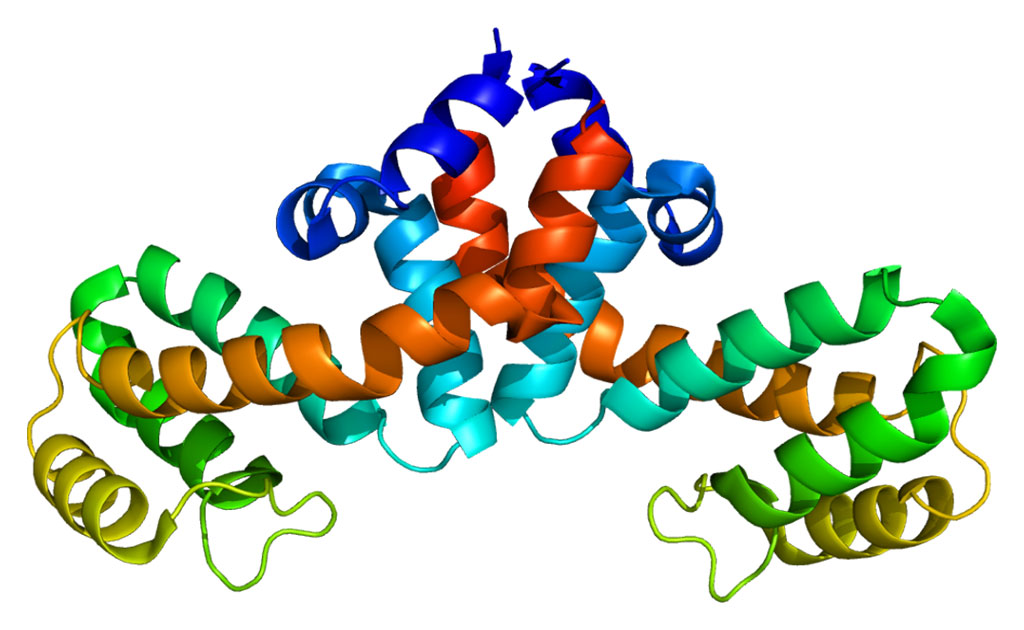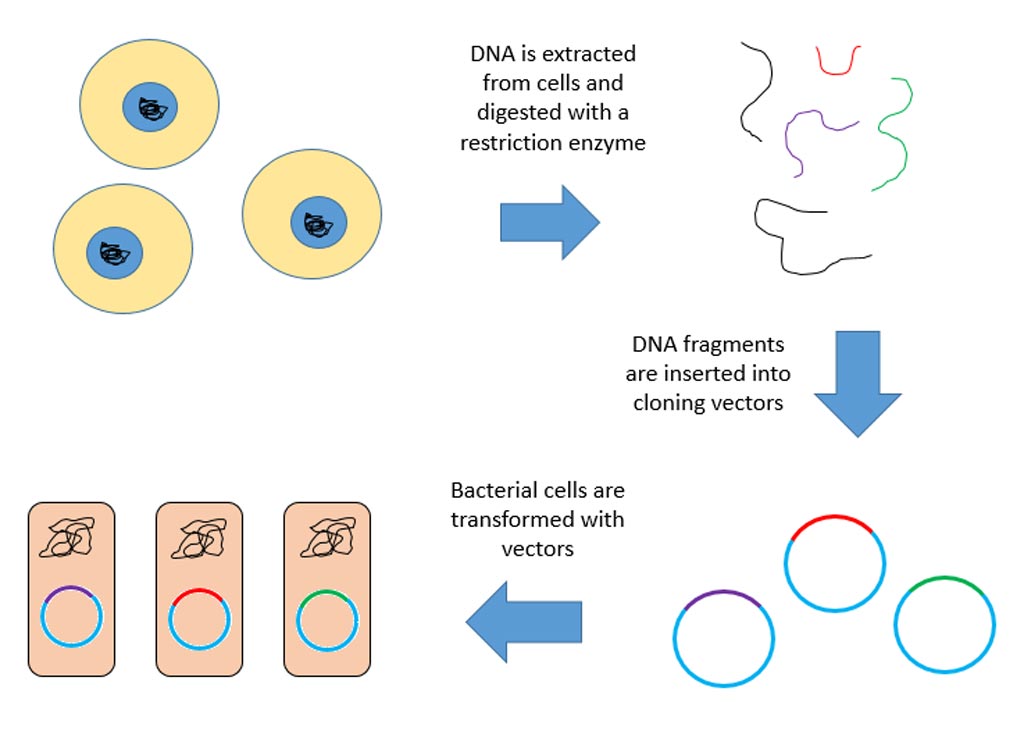Medicinal Shrub Shows Potent Anti-Alzheimer's Disease Potential
By LabMedica International staff writers
Posted on 03 Jul 2017
Extracts from stem, leaves, and root of the African medicinal shrub Carpolobia lutea were found to possess inhibitors of the enzyme acetylcholinesterase (AChE) and antioxidants, which indicate potential for development as a treatment of Alzheimer’s disease (AD) and other disorders characterized by a cholinergic deficit.Posted on 03 Jul 2017
Carpolobia lutea, known more commonly as cattle stick, is a small shrub or tree native to Central and West Africa. Herbalists in Nigerian tribes have used the essence of the root as an aphrodisiac and for treatment of genitourinary infections, gingivitis, and waist pains.
Investigators at the University of Nottingham (United Kingdom) scrutinized extracts and fractions of the stem, leaves, and roots of C. lutea for therapeutic promise as an AD treatment via their ability to inhibit AChE. Additionally, extracts and fractions were examined for radical scavenging and reducing (antioxidant) activities, polyphenol and flavonoid content, and C. lutea cytotoxicity.
The study was carried out through sequential solvent extractions of plant stem, leaves, and roots. The extracts were screened for anti-AChE activity across a concentration range of 0.02-200 micrograms per milliliter. Plant DPPH (2,2-diphenyl-1-picrylhydrazyl) radical scavenging activity, reducing power, and total phenolic and flavonoid contents were determined, and cytotoxicity evaluated using human hepatocytes.
Results published in the June 19, 2017, online edition of the journal Pharmaceutical Biology revealed that C. lutea exhibited concentration-dependent anti-AChE activity. The most potent inhibitory activity for the stem was the crude ethanol extract and hexane stem fraction oil; for the leaves, the chloroform leaf fraction; and for roots, the methanol, ethyl acetate, and aqueous root fractions. Dose-dependent free radical scavenging activity and reducing power were observed with increasing stem, leaf, or root concentration. Total phenolic contents were highest in the stem, while total flavonoid content was highest in the leaves. At one microgram per milliliter only the crude ethanol extract oil was significantly cytotoxic to hepatocytes.
Considering the plant's anti-AChE activity and its beneficial antioxidant capacity, the investigators concluded that it had considerable potential for development as a treatment of Alzheimer’s and other diseases characterized by a cholinergic deficiency.
Senior author Dr. Wayne Carter, lecturer and research group leader in the school of medicine at the University of Nottingham, said, "As a population we are living longer and the number of people with dementia is growing at an alarming rate. Our findings suggest that traditional medicines will provide new chemicals able to temper Alzheimer's disease progression."
Related Links:
University of Nottingham













